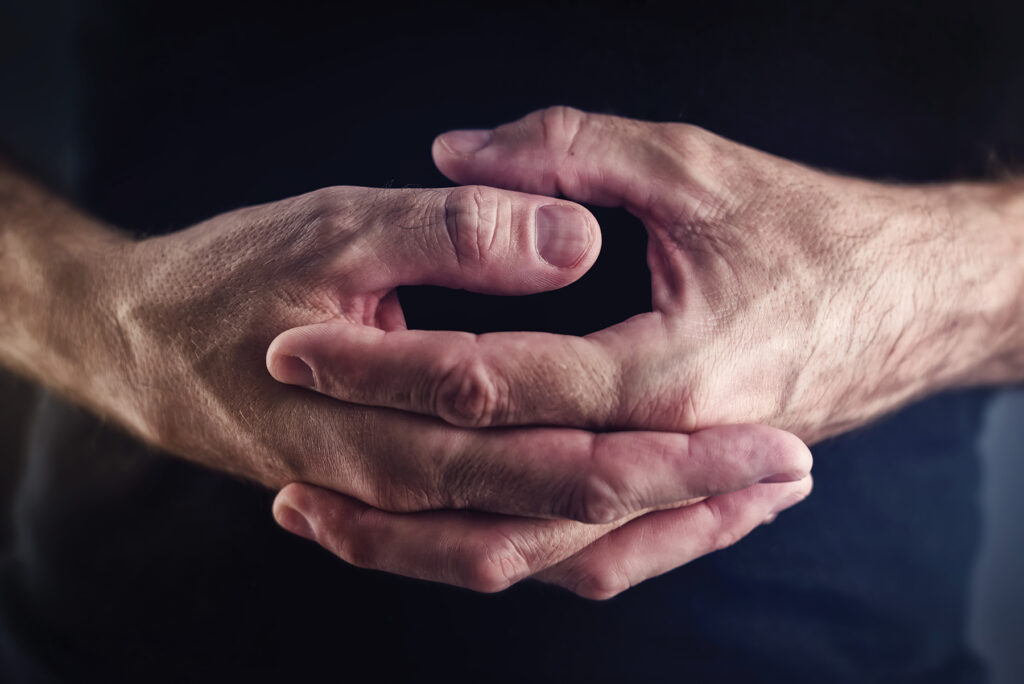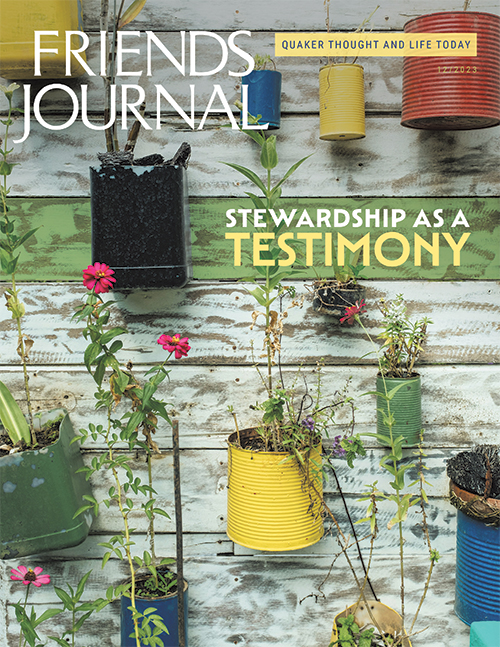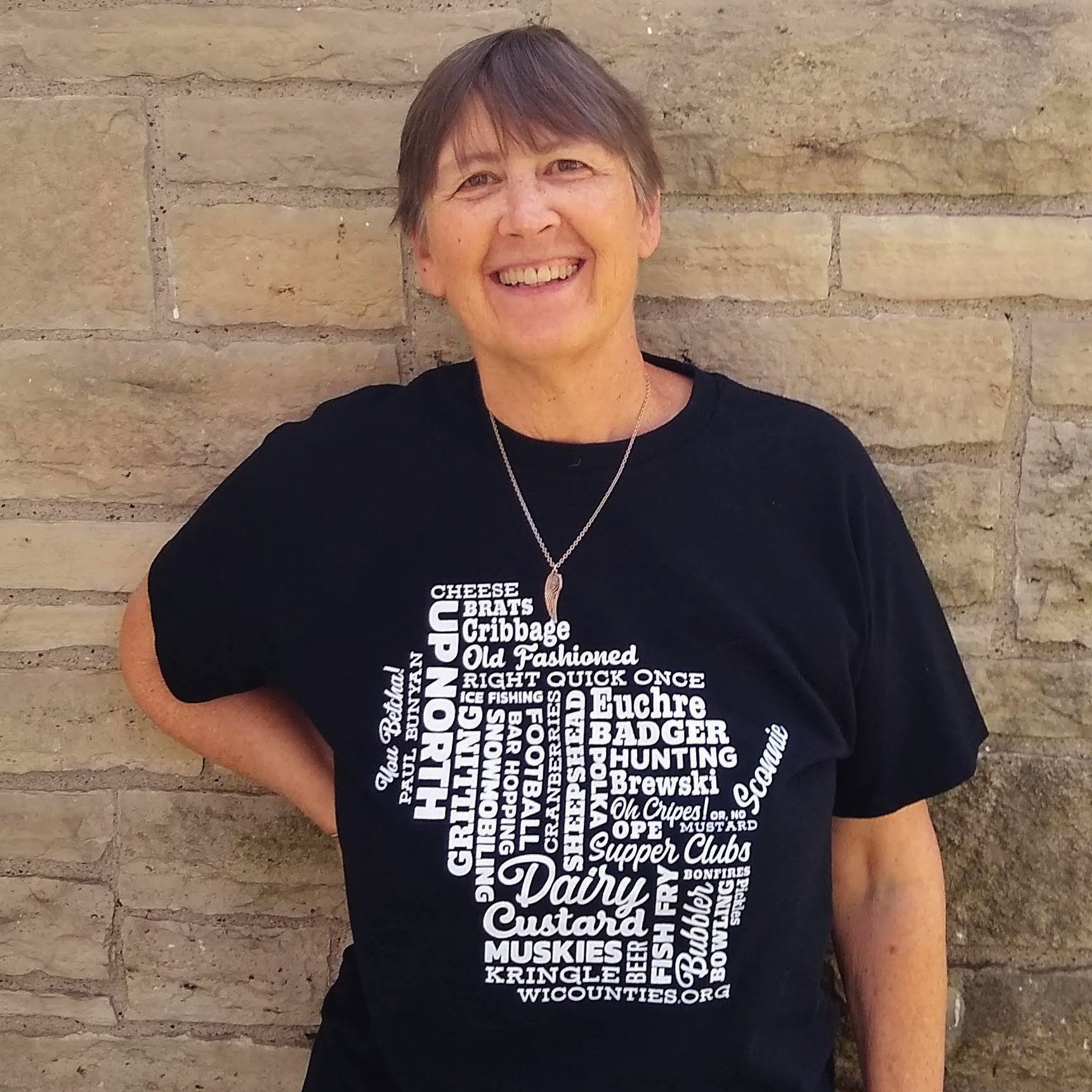The Nimble Responders Experiment
It is both ghastly and hilarious: do you know the American Sign Language (ASL) sign for “Quaker”? Wait for it . . . twiddling thumbs!
I think the Deaf community is onto something. I spent 11 years teaching teenagers in my local high school, my buzzy, busy days at school alternating with weekend Quaker events and activities. Working with teenagers completely unsuited me to Quaker time. I felt restless in Quaker circles: long explorations of possible downsides to everything, predictable calls for more “seasoning,” like “slowly-ness” is next to godliness.
Don’t get me wrong. There is no replacement for careful, collective discernment around some difficult and important issues. I would not prefer a process in which a few leaders could decide for everyone. And yes, my level of impatience is certainly a character flaw! But I believe we sometimes bring the full weight of Quaker process to bear where the issue is not foundational to our faith and it’s doubtful that the Spirit has much of an opinion. Sometimes we seem to invest considerable time in discernment where the issue is really an outgrowth of principles that have been thoroughly settled among us. Do we really need to discern whether God wants us to welcome the strangers among us, or take action to protect the planet? If we have a clear opportunity to address these things and there are Friends among us willing to take action, how much time do we really need to spend discussing whether we should?
This is where we are stewarding time differently: we don’t need to get prior approval from the body to take actions that are consistent with our broad principles.
When I became co-clerk of our yearly meeting, I came to feel that our faith community with all its inspiring ideals was frequently invisible and absent on issues that many of us were passionately interested in. We often ended up as the Johnny-come-latelies, not the cutting edge of social and environmental justice initiatives.
When I learned that some yearly meetings had mechanisms for dealing with time-sensitive requests, we decided to form an exploratory committee (of course!) to consider whether and how we might enable Northern Yearly Meeting (NYM) to engage in these sorts of rapid-response issues. Out of that, we ended up creating an experimental committee that we named “the Nimble Responders.”
We defined the make-up of the group: the current yearly meeting clerk, a former clerk, representatives of a couple of committees, and some other clerk-appointed members.
We defined the criteria by which we would choose issues to weigh in on: that they were time urgent; that they did not fall under the remit of any standing committee, or the relevant standing committee could not handle them quickly and approved our doing so; that our Faith and Practice or our minutes documented our alignment with the issue; that the Nimble Responders felt personally able to take the issue on.
These criteria limited the scope of the committee in important ways. While our yearly meeting has not taken formal stands on many specific issues that the Nimble Responders have taken up, the work of the committee is to see whether the broader testimonies we have collectively embraced encompass the issue at hand. The connections we see—or don’t—allow us to decide quickly whether the concern is a good fit for us. This is where we are stewarding time differently: we don’t need to get prior approval from the body to take actions that are consistent with our broad principles.

We chose a standing weekly meeting time so we could convene quickly and with a minimum of hassle; we met only when we had an issue to discuss. We came up with a set of questions for exploring whether to take an issue on: what’s the issue; why NYM; why now; why this action?
We came up with a rough template for reporting to the yearly meeting: we would describe the action we took, explain the impetus, and give our reasons for taking the action we did. We agreed to report to the yearly meeting at every annual and interim session, so the body could weigh in on our decisions and offer feedback and guidance. Our reports would also include a list of the issues that came to us, our reasons for rejecting any we rejected, and all letters ultimately sent (the most frequent action). The letters would be included in our yearly meeting minutes. Finally, if we became aware of a resolution of an issue, we would report that to the yearly meeting as well.
Here is a typical report to Northern Yearly Meeting on one issue we took up in 2021.
Action: We sent letters to President Biden and our senators (Wisconsin and Minnesota) asking them to defend the Indian Child Welfare Act (ICWA). We sent copies of the letters to Secretary of the Interior Deb Haaland, who was being sued over the act, and the Justice Department, which would be responsible for defending the act.
Impetus: We received word that a lawsuit had been filed seeking to have the ICWA ruled unconstitutional. The act seeks to improve Native child welfare by prioritizing extended family and tribal adoptions where possible, honoring First Nation sovereignty over tribal children.
Plaintiffs argue that the act is racist. Notably, the lawyers for the case usually work for oil companies, and are doing the work pro bono. Some observers suspect the case is more about challenging tribal sovereignty than about adoption of Native children.
We took action for the following reasons:
- Northern Yearly Meeting addressed the doctrine of discovery in 2020 [after considerable exploration, we eventually formally renounced the doctrine] because it was an entry point into understanding the philosophical foundation of much of U.S. jurisprudence related to Native Americans, so that we could show up on the issues of our day. This lawsuit is one contemporary echo of the doctrine, and it is potentially a significant threat to the tribal sovereignty that Native Peoples have fought to defend for so long.
- NYM’s Doctrine of Discovery Committee agrees that this issue is significant and worthy of our attention, but the committee does not have the time to address this in a timely fashion.
- The Indian Child Welfare Act grew directly out of the Native experience of the Indian boarding schools, several of which were run by Friends. The act seeks to ensure that tribal nations have the authority to protect the interests of their own children. As members of a denomination complicit in historical wrongs, we seek to honor and uphold the rights and protections afforded by this act.
- Native groups are asking for public support; those involved include the Native American Rights Fund, the National Indian Child Welfare Association, the National Congress of American Indians, the Association on American Indian Affairs, the Lakota People’s Law Project, the Navajo Nation, the Oneida Nation, the Cherokee Nation, the Quinault Nation, and the Morongo Band of Mission Indians.
- When this issue came to us, the Supreme Court was going to decide in a matter of days whether to take up the case. We wanted our voices to be heard as soon as possible to make it clear we were paying attention and cared about this issue.
The Supreme Court took up the case, and upheld key provisions of the ICWA in its June 15 decision. Here is part of our update to our yearly meeting.
Outcome: On June 15, 2023, the Supreme Court upheld key provisions of the Indian Child Welfare Act in a 7-2 decision. While the racial preference argument was not completely laid to rest, observers believe it will be difficult to challenge the law. NPR (All Things Considered, June 15, 2023) quoted Justice Neil Gorsuch’s response to the dissent by Justices Clarence Thomas and Samuel Alito at some length.
The mass removal of children from their family homes in the 1950s, ’60s, and ’70s, [Gorsuch] wrote, “was only the latest iteration of a much older policy of removing Indian children from their families—one intentionally spearheaded by federal officials with the aid of their state counterparts nearly 150 years ago. In all its many forms, the dissolution of the Indian family has had devastating effects on children and parents alike. It has also presented an existential threat to the continued vitality of the tribes—something many federal and state officials over the years saw as a feature, not a flaw.”
“In adopting the Indian Child Welfare Act,” he concluded, Congress exercised its lawful authority “to secure the right of Indian parents to raise their families as they please; the right of Indian children to grow in their culture; and the right of Indian communities to resist fading into the twilight of history.”
NYM’s Nimble Responders have taken up about four to six issues a year on average since we began over three years ago. Some of the other issues we have weighed in on are as follows:
- Whistleblower protections for migrant workers
- Supporting the Menominee Nation’s efforts to add the Dog’s Belly and 60 Islands to both the Minnesota State Register of Historic Sites and the National Register of Historic Places (successful!)
- Putting a price on carbon to address global warming
- Joining an amicus curiae brief to the U.S. Supreme Court in support of Quaker inmates in Green Haven Prison in New York (This effort also included a financial contribution for legal costs; alas, SCOTUS declined to hear the case.)
- Supporting the release from ICE detention of an ill, disabled, trafficked asylum seeker experiencing extremely harsh detention practices
- Supporting the at-home detention of at-risk federal inmates during the COVID pandemic
The experiment has shown us what we can do when we loosen the reins of Quaker process in a way that values our time and our timeliness as well as our discernment.
What can we conclude about this experiment so far?
Our reports are met with enthusiasm, and people seem genuinely pleased that our yearly meeting is able to show up in these ways. Finding people to serve on the Nimble Responders Committee is not difficult, and it appears to be a particularly good fit for young adults. The committee meetings are fun and satisfying: we usually come to clarity and agree on a plan of action within about 45 minutes. We become better educated about some important issues, and we get to practice explaining why we care about these things as Friends. We are adding our voices and our visibility on a number of issues that matter to us, sometimes forming new relationships with other activists and faith communities. There have been several positive resolutions for issues we weighed in on. We are bringing new life to our testimonies!
Our current yearly meeting clerk, Shel Gross, wrote:
When our yearly meeting has clearly taken a position on a concern, it is very satisfying to be able to publicly act on it. I think that is part of what our members appreciate about this process. And acting also facilitates our ability to develop partnerships that make our faith community visible and help us to further put action behind our words.
We are clear that our Nimble Responders are not a substitute for deep and sustained effort on important social change issues. However, the Nimbles have allowed us to steward our precious time in a new way. If our Faith and Practice or our past decisions as a yearly meeting make it clear that an initiative is congenial to us and there are Friends willing to put in the effort, why not have a small committee take appropriate action in the name of the yearly meeting? In three-plus years, our committee’s actions have earned only approval from the body. The experiment has shown us what we can do when we loosen the reins of Quaker process in a way that values our time and our timeliness as well as our discernment.
And this fidgeting, impatient Friend will also add that serving with the Nimble Responders has been a deeply rewarding experience and an outlet for a temperament that often feels at odds with the pace of Quaker process. Perhaps you have similar souls in your meeting who might be happily and productively deployed in this way?





The twiddling thumbs ASL for Quakers has amused me for years. When I think back on the best examples of Friends I have known, a fitting sign for them might be right hand touches heart while left hand touches forehead, then both hands come forward, palms up, in an open gesture to the Other. Those Friends lived their faith by acting with love, thoughtfulness and addressing that of God in each person.
I love this! Thanks!
To “bring the full weight of Quaker process to bear where the issue is not foundational to our faith and it’s doubtful that the Spirit has much of an opinion” is an expression of the radical integrity that has marked Quaker witness from its inception. Even judges faced with early Quakers in the docket for not tipping hats decried how trivial the issue was. Dedication to discernment of the Light and its expression of Gospel Order in all details of life is the practice that begets clarity in the larger issues that require faithful response. When practiced faithfully, the first statement to follow “We took action for the following reasons:…” should always be that to do so was led by the Light, and was ours to do, regardless of how consistent the issue is with broad Quaker principles. What is presented are very admirable organizational principles and effective, streamlined pathways to action. However, it is not a modification of Quaker process, but an alternative to it.
Also, as Friends of the Light, is it really a concern whether we are called by the derogatory term “quaker”, or the sign of twiddling thumbs?
I see that some people might think I am inviting us to change the ASL sign for Quaker. We have no standing to do that, of course — the language is created by and for those who use it. My invitation is simply to do a thought experiment — how might we convey our essence in a gesture? My intention was not and is not to change the ASL sign.
I appreciate the regular and thorough accountability you built into the process. This allows for trust-building, and a way to constantly learn and fine-tune the system so it doesn’t outgrow its mandate. I wonder if or when any monthly meetings or standing committees have adopted this idea?
Great solution to remain relevant in a far faster world.
Also enjoyed the clever and well balanced alternative symbol. While it’s good not to take offense, it’s not unreasonable to respectfully inquire if a more positive symbol might be considered. Spent decades educating about how harm from negative/offensive team mascots/nicknames is perceived is important if we really believe in equality.